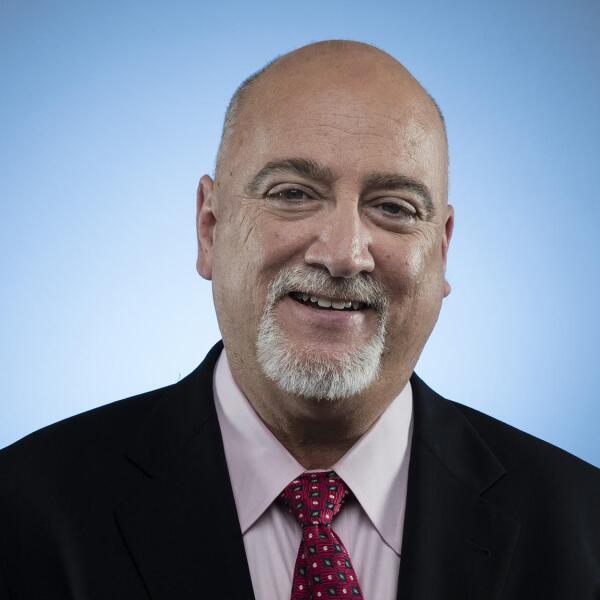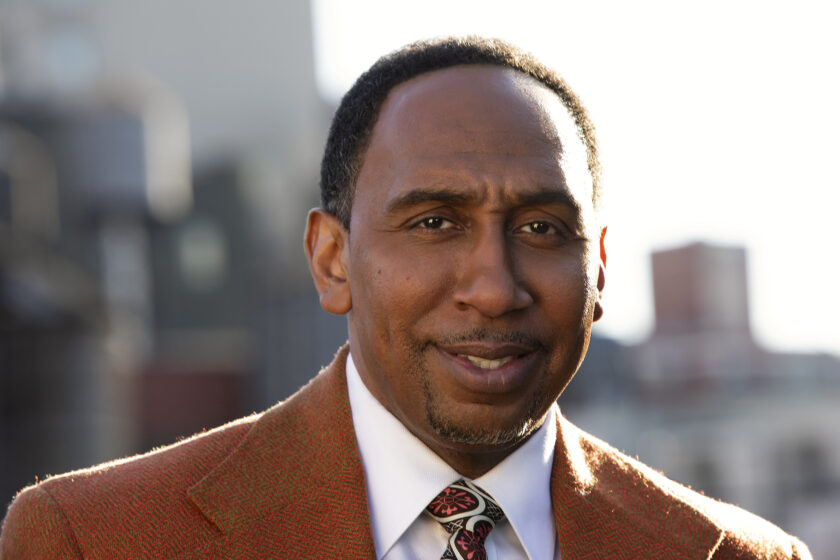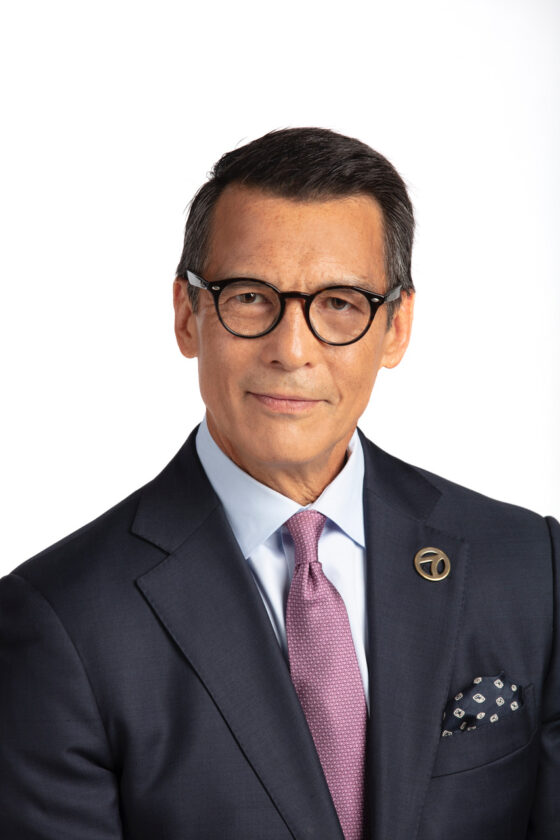Breaking Ground and Changing Industries
Quinn Award Winner Willow Bay’s Incredible Career Has Taken Her to Many Newsrooms, and Now to the Classroom
BY GRETCHEN PARKER MCCARTNEY
Willow Bay, the director of the USC Annenberg School of Journalism, took a few detours before winding up in her chosen career. After a modeling career and an MBA from New York University, she finally got around to doing what she really wanted to do: reporting.
Bay got her break on the NBC show “NBA Inside Stuff,” and went on to work for CNN, ABC, NBC, MSNBC and Bloomberg TV. She has interviewed world leaders, CEOs and the Dalai Lama, and joined the Huffington Post to help expand the reach of that digital news machine.
Bay is the recipient this year of the Los Angeles Press Club’s Joseph M. Quinn Award for Lifetime Achievement. She recently spoke about her varied career.
Q: Your most recent move was from the newsroom to the classroom. What motived you to run the USC Annenberg School of Journalism?
A: I can’t imagine a more exciting time to begin a career in journalism. Or a more exciting time to be here on campus, as we settle into Wallis Annenberg Hall, with its state of the art media center. It’s a newsroom, a classroom and an incubator all in one, allowing students to create, publish and promote journalistic content across multiple platforms. Helping students navigate the profound changes reshaping the media business, establishing the technological, ethical and intellectual fundamentals, and preparing them to lead the industry forward—now that’s an interesting job!
Q: What made this a good time for the move?
A: My husband was considering retirement, and it seemed like the perfect time for me to dive headlong into a challenging and time-consuming new job. However, once I decided to take the position, he decided to defer his retirement for a few years. I will say that I have two teenage boys who are not entirely unhappy that their mother is very, very busy when they get home from school.
Q: Take us through your career.
A: I wanted to be a reporter from the time I was a kid. An interview for an editorial internship at Seventeen magazine led me to a career in modeling, which paid for college and graduate school. When I was finishing my MBA I knew I didn’t want to work on Wall Street, which was the typical path for NYU Stern grads, but I did want to pursue a career in business.
I also still really wanted to see if I could be a reporter. So I gave myself a year. I kicked around in some really bad cable jobs, got some decent live broadcasting experience and was ultimately hired by the National Basketball Association to co-host a pioneering new television program that took viewers behind the scenes, introducing them to the lives of players off the court, and allowing us to tell their stories in a personal and significant way. That show was called “Inside Stuff.”
Q: Back up a little bit. What drew you to journalism?
A: I was always a strong writer, but I also really liked unearthing new information and sharing people’s stories. Being a reporter was the closest thing I could get to being in school all the time, where you constantly learn and process new information, put it in context and present it.
Q: You have wound up in places where women were scarce: first sports, then business. What was the environment like when you started covering sports in 1991?
A: The doors had been opened by a generation of women pioneers who preceded us. In news, Barbara Walters. In sports, Lesley Visser and others. I was part of a generation that earned a place in the newsroom and proved our capabilities on air but did not have to fight our way in. We all owe those women who preceded us an enormous amount of gratitude.
That said, it wasn’t always pretty. Remember “the money-honey” nickname? Or the fact that Hannah Storm and I became interchangeable in the minds of some, those “girls” who covered the NBA?
Today, when I consider that the School of Journalism has a majority female student body, it’s clear just how much change we’ve seen in opportunities for women in news. Now it’s my job to help position those young women to lead news organizations of the future.
Q: How did you fare in business news?
A: In financial news I was often told that investors—meaning men—didn’t want to get bad financial news from a woman. When my male co-anchor was out on vacation and a woman filled in for him, our senior producers worried that investors wouldn’t like to get their business news from two women sitting side by side at the desk. Turns out, investors didn’t much care.
Q: What about the attitudes of the executives in sports?
A: I was really lucky to have worked at the NBA for Commissioner David Stern and then with Adam Silver, and they were incredibly supportive of women. When Stern hired me, he said, “We’re considering you and another woman, and you’re both OK on television, but you have an MBA so we’re going to go with you, because if the TV thing doesn’t work out, we’ll put you to work in the marketing department.”
Q: How did you make the leap from sports to news?
A: I knew I didn’t want to be a sportscaster. As much as I loved that show and loved covering the NBA, I really wanted to be in news. So I worked for “Good Morning America” on the weekends.
When I moved to CNN to co-anchor “CNN & Entertainment Weekly,” I talked myself into a business-news show. They were launching a show based on Fortune magazine, and I said, “Why can’t I do that show?” They said, “You already have a show.” “Well, I’m the only one on the team with an MBA, and I’m a woman, so you know I’m going to work twice as hard. Why can’t I do two shows?” They said OK. That led to “Moneyline.”
Q: Fast-forward a few years to the Huffington Post. In the midst of all the disruption in the news industry, you headed to purely digital outlet.
A: It was the moment when Arianna Huffington was planning to expand the Huffington Post from politics and front page to other verticals that included lifestyle and entertainment, business and media. I joined to help her and Ken Lerer manage that expansion on the West Coast.
Q: What was it like moving into digital?
A: Growth was off the charts, so managing and keeping up with that growth and then driving it was a significant function of everybody’s job. Our roles and responsibilities changed constantly. It also required working with a small army of 20-somethings.
Q: Which brings us to Annenberg.
A: I saw a real opportunity to equip students, not just with the skill set they need, which these days is sizable, but also with the mindset that’s entrepreneurial and risk-taking. I want to see our graduates not only go out and change the world with their reporting, but also to change the world of journalism. I want to see the future of journalism in the hands of journalists, rather than technologists, who are our partners, or big media companies, who are our funders.
Q: What is the most important thing for students today to learn?
A: When I look at a journalism degree and what we teach right now, it equips students to engage with the world around them in a meaningful way. They discover stories, research issues thoroughly, vet that research, contextualize it and present information in a clear, accurate and compelling way. Today, they engage with audiences around those stories. Beyond journalism, that skill set is invaluable. Clear, concise, accurate, effective communicators—every industry needs them.



